Dry Trim vs. Wet Trim: Which One is Better for Potency?
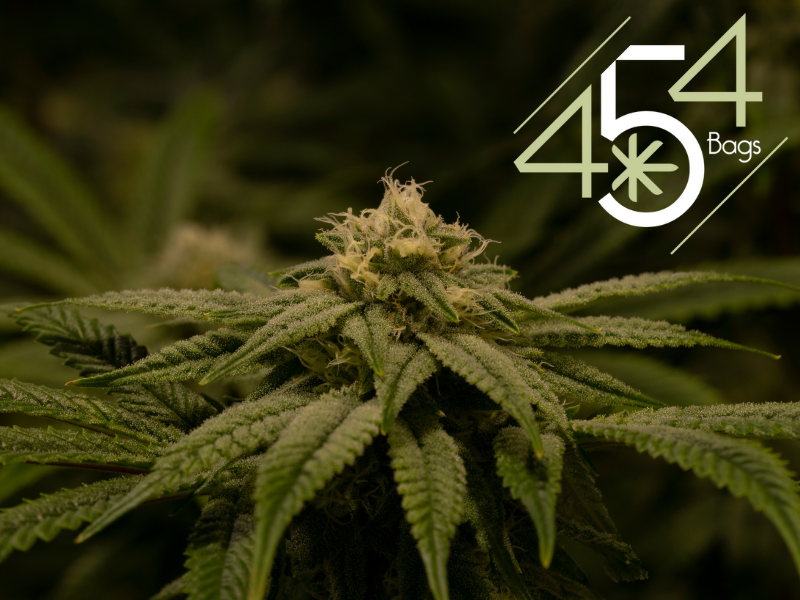
Trimming is a critical step in cannabis cultivation that directly affects potency, flavor, and overall flower quality. When it comes to dry trimming vs. wet trimming, the debate is ongoing, especially among commercial growers looking to maximize THCA retention and terpene preservation.
Which method better protects potency? The answer depends on your growing environment, processing speed, and desired final product. In this guide, we’ll break down the pros and cons of both dry and wet trimming, so you can decide which method best fits your cultivation goals.

1. The Importance of Trimming for Potency
Potency is determined by trichomes, the tiny, crystal-like structures on the buds and sugar leaves. These trichomes contain:
✔ THCA & Other Cannabinoids – The active compounds that determine potency.
✔ Terpenes – The molecules responsible for aroma and effects.
✔ Flavonoids – Contribute to color, taste, and therapeutic benefits.
🔹 The Challenge: Trichomes are extremely delicate. The wrong trimming method can break them off, smear them, or expose them to excessive oxygen, heat, or moisture, reducing overall potency.
2. What is Wet Trimming?
💧 Wet Trimming: Trimming Immediately After Harvest
With wet trimming, fan leaves and sugar leaves are removed immediately after cutting the plant down, before drying.
🔥 Pros of Wet Trimming
✅ Easier to Trim – Fresh leaves stay upright, making them easier to cut and remove.
✅ Less Handling of Dried Buds – Reduces trichome loss from brittle, dry flowers.
✅ Faster Dry Time – Since leaves hold moisture, removing them speeds up drying.
🚫 Cons of Wet Trimming
❌ Higher Risk of Trichome Smearing – Sticky, fresh trichomes can stick to gloves and scissors, leading to loss.
❌ Faster Terpene Degradation – Wet-trimmed buds are more exposed to oxygen, potentially reducing aroma.
❌ Can Dry Too Fast – Without leaves protecting moisture, buds can become crispy and lose potency.

3. What is Dry Trimming?
🍂 Dry Trimming: Trimming After Drying
With dry trimming, the plant is hung to dry for 7-14 days with leaves intact, and then trimmed after curing.
🔥 Pros of Dry Trimming
✅ Preserves More Terpenes – Leaves act as a protective barrier, slowing terpene evaporation.
✅ Less Sticky, Easier to Handle – Trichomes harden after drying, making them less likely to smear or stick to scissors.
✅ Slower Drying = Smoother Smoke – More moisture retention leads to better curing conditions.
🚫 Cons of Dry Trimming
❌ Leaves Curl Inward – Makes it harder to remove without disturbing trichomes.
❌ More Hand Trim Required – You may need to trim each bud carefully to remove dry sugar leaves.
❌ Slower Processing Time – For commercial grows, dry trimming takes longer, which may slow down production.
4. Which Method is Better for Potency?
💎 Trichome Retention & Cannabinoid Preservation
🔹 Dry trimming generally wins for preserving potency.
-
Why? Trichomes become more stable when dried before handling, reducing stickiness and loss.
-
Wet trimming increases the risk of trichome smearing, leading to loss of THCA content.
🌿 Terpene Preservation & Aroma
🔹 Dry trimming also retains more terpenes.
-
Why? Wet-trimmed buds dry faster, which can cause terpene evaporation.
-
With dry trimming, leaves protect buds from excessive oxygen exposure, preserving smell and flavor.
⚡ Processing Speed & Efficiency
🔹 Wet trimming is faster for commercial grows.
-
Wet trimming allows for immediate processing, getting products to market quicker.
-
Dry trimming takes extra drying & curing time, which slows down the workflow.

5. Best Practices to Reduce Potency Loss (Regardless of Trim Method)
✔ Keep trimming temperatures low (60-65°F) and humidity stable (50-60%) to avoid trichome loss.
✔ Use sharp scissors to make clean cuts without damaging the buds.
✔ Handle buds gently – squeezing or overhandling knocks off trichomes.
✔ Store trimmed buds properly – Use glass jars or Grove Bags with humidity packs (58-62% RH) to retain potency.
🔹 Pro Tip: If you’re running a large commercial operation, consider using a trimming machine designed for gentle handling, reducing labor costs while maintaining quality.
Final Verdict: Dry Trim or Wet Trim?
|
Factor |
Wet Trim |
Dry Trim |
|
Trichome Retention |
❌ Higher risk of loss |
✅ More stable, better preservation |
|
Terpene Preservation |
❌ Faster drying = terpene loss |
✅ Slower drying = better retention |
|
Processing Speed |
✅ Faster for commercial grows |
❌ Slower, requires longer drying time |
|
Ease of Handling |
✅ Easier when fresh |
❌ Harder when dry (brittle leaves) |
|
Shelf Life |
❌ More oxygen exposure |
✅ Leaves protect buds from degradation |
👉 Best for Potency & Terpene Retention: Dry Trimming
👉 Best for Speed & Large-Scale Processing: Wet Trimming
Conclusion: The Right Trim Method Depends on Your Goals
If potency, terpene retention, and flavor are your priorities, dry trimming is the better option. It reduces trichome loss, preserves more cannabinoids, and extends shelf life.
If efficiency and speed are the focus, wet trimming is ideal—especially for large-scale commercial grows where fast drying & processing is required.
🚀 No matter which method you choose, invest in high-quality trimming tools, proper curing methods, and gentle handling techniques to ensure your buds retain maximum potency.
🔹 Need high-end storage solutions, trimming supplies, or curing bags? Visit 454 Bags for premium cannabis packaging & cultivation products!
No comments



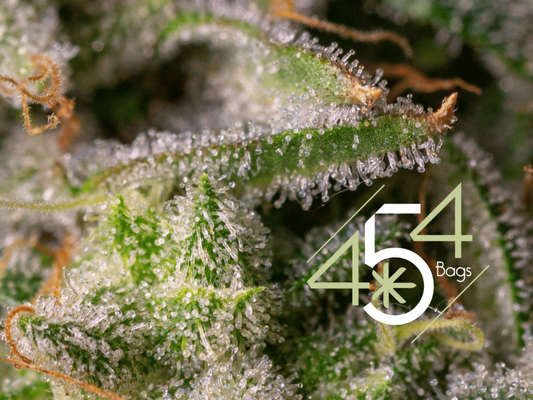
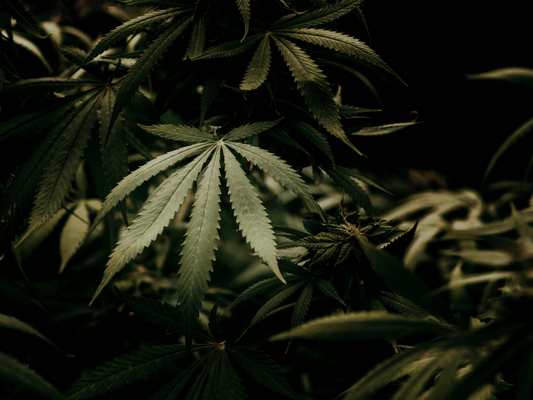
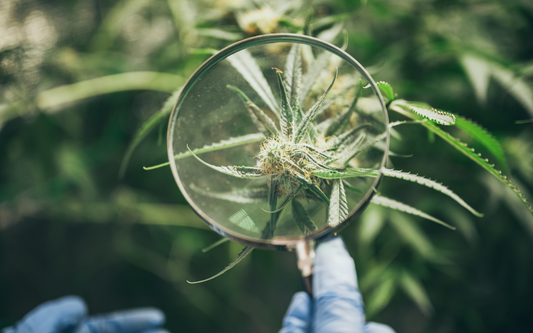
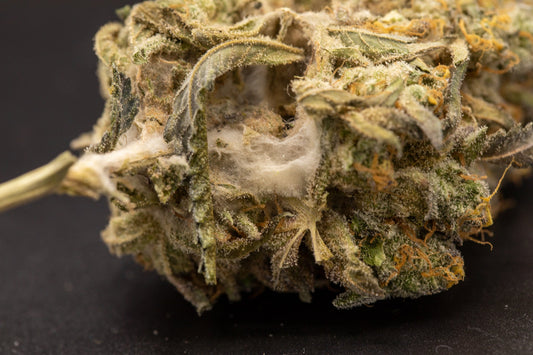


0 comments